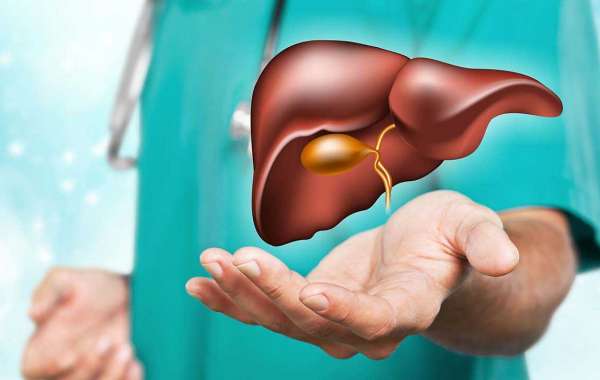In this article, we will unravel the mystery of the liver, exploring its functions and shedding light on three prevalent types of liver cancer: Hepatocellular Carcinoma (HCC), Cholangiocarcinoma (Bile Duct Cancer), and Angiosarcoma.
What is the Liver?
The liver, residing in the upper right portion of the abdomen, is the body's largest internal organ, weighing around three pounds. It is divided into two primary lobes and is a powerhouse of diverse functions.
Functions of the Liver:
The Liver performs the following functions as listed below:
Metabolism:
One of its primary functions is to metabolize nutrients from the food we consume. The liver breaks down carbohydrates, fats, and proteins, converting them into energy and essential substances the body needs to function.
Detoxification:
The liver acts as a detoxifier, filtering and removing harmful substances, including drugs and toxins, from the bloodstream. This crucial function helps keep our bodies free from harmful agents.
Synthesis:
The liver is responsible for producing vital proteins, such as albumin, which helps maintain blood volume and blood-clotting factors. It also creates bile, which aids in the digestion and absorption of fats.
Types of Liver Cancer and Symptoms:
Hepatocellular Carcinoma (HCC)
Hepatocellular Carcinoma, or HCC, is the most common form of liver cancer. It typically originates in hepatocytes, the primary cell type in the liver. Chronic liver diseases, such as cirrhosis, viral hepatitis, and excessive alcohol consumption, substantially elevate the risk of HCC.
Symptoms of HCC often do not manifest until the disease has advanced, making early detection and intervention crucial. Treatment options for HCC depend on the cancer's stage and the patient's overall health. These may include surgical resection, liver transplant, chemotherapy, and targeted therapies. In some cases, a combination of treatments is recommended to enhance the patient's prognosis.
Cholangiocarcinoma (Bile Duct Cancer)
Cholangiocarcinoma, commonly referred to as bile duct cancer, originates in the bile ducts. These ducts transport bile from the liver to the small intestine. While less common than HCC, this form of liver cancer is equally dangerous. Prolonged inflammation of the bile ducts, bile duct stones, and certain liver conditions increase the risk of cholangiocarcinoma.
Symptoms may include jaundice, abdominal pain, and unexplained weight loss. Early diagnosis is pivotal for improving the patient's outcome. Treatment options may involve surgical resection, chemotherapy, radiation therapy, or a combination of these approaches.
Angiosarcoma
Angiosarcoma is a rare and aggressive type of liver cancer that originates in the blood vessels within the liver. Unlike HCC and cholangiocarcinoma, angiosarcoma is not strongly associated with underlying liver conditions or specific risk factors. This rarity can make it challenging to diagnose, as symptoms can be vague and nonspecific.
The management of angiosarcoma typically requires a multimodal approach, which may include surgery, chemotherapy, and radiation therapy. However, due to its rarity and aggressive nature, the prognosis for angiosarcoma is often less favorable compared to other liver cancers.
Conclusion:
The liver is a powerhouse of functions that are vital to our overall well-being. Understanding its significance and the potential risks of liver cancer is imperative for maintaining good health. Hepatocellular Carcinoma, Cholangiocarcinoma, and Angiosarcoma are three significant types of liver cancer, each with its own unique characteristics and challenges. Early detection, lifestyle modifications to manage risk factors, and prompt medical intervention are paramount when dealing with liver cancer. Advances in medical science have provided a range of treatment options for those diagnosed with liver cancer, and ongoing research aims to improve outcomes and enhance the quality of life for those affected by these diseases.










